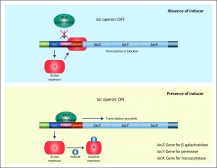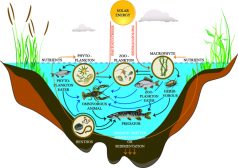Definition
noun
A condition characterized by a deficiency of amniotic fluid
Supplement
The amniotic fluid is the fluid that surrounds the developing fetus within the amniotic sac. This environment cushions the baby from injury and plays an important role in fetal development. The volume of the amniotic fluid increases as the fetus develops and grows. It increases from approximately 25 mL to 400 mL from the 10th week to the 20th week of gestational age. And by the 28th week, it plateaus to 800 mL. At birth, there is about 1L of amniotic fluid.1 There are instances, however, when there is a deficiency of amniotic fluid in the amniotic sac. This condition is referred to as oligohydramnios. The amount of amniotic fluid below the typical normal level may implicate a gestational problem. The occurrence of oligohydramnios is found to cause clubbing of the feet and hands, contractures of the limbs, and hypoplastic lungs. A hypoplastic lung is an underdeveloped lung and life-threatening. The underdeveloped lung due to oligohyramnios may lead to inefficient lung function, particularly oxygenation, and to perinatal death.
Oligohydramnios is associated with prerenal, placental insufficiency, low-output cardiac failure, foetal demise, renal, renal agenesis, polycystic disease, multicystic dysplastic, postrenal, uPJ obstruction, megaureter, posterior urethral valves, urethral agenesis , etc. The aetiology is often unclear but it may lead to pulmonary hypoplasia and demise, renal, IUGR, prematureure of membranes .
Word origin: oligo- (few)
Also called:
- oligamnios
Compare:
See also:
- amnion
- fluid
- twin-to-twin transfusion syndrome
- Potter syndrome
Reference(s):
1 Larsen, W. J. (2001). Human embryology (3. ed.). Philadelphia, Pa.: Churchill Livingstone. p. 490.







